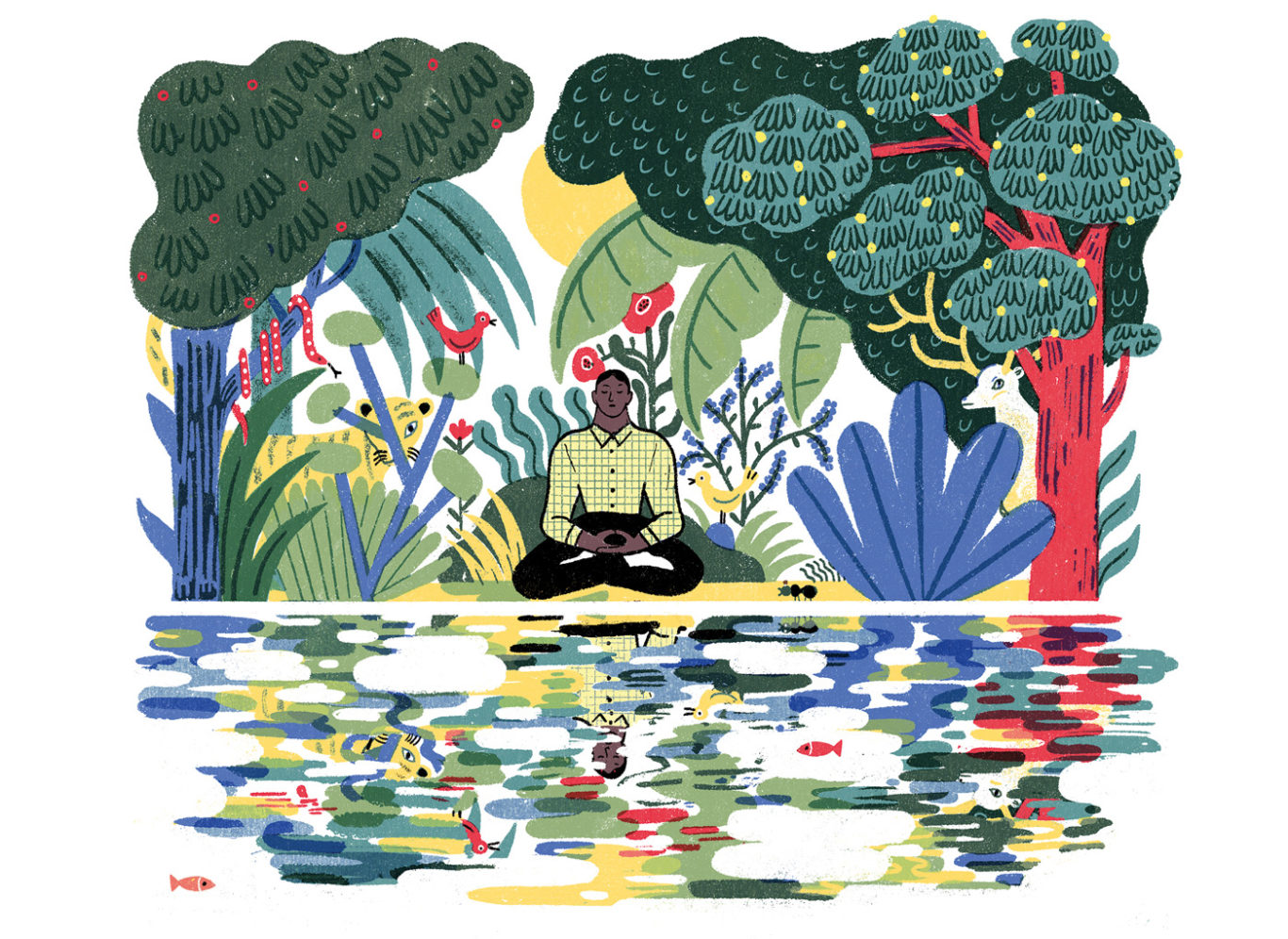What is bodhicitta?

Illustration by Irene Rinaldi
Bodhicitta, translated as “awakening mind” or “thought of enlightenment,” is the commitment to embark on a path of awakening and be a bodhisattva, one dedicated to the liberation all beings. Bodhicitta is born of compassion, the desire to free all beings from suffering, even those who wish us harm or consider us enemies. One of the foundations of the Mahayana tradition, bodhicitta is woven into many of its teachings.
Bodhicitta is central to the bodhisattva vow, a commitment common to many Mahayana Buddhist traditions. If you visit different dharma centers, in the liturgy you will find many variations of the following four lines:
Sentient beings are numberless; I vow to save them.
Delusions are inexhaustible; I vow to put an end to them.
Dharma gates are boundless; I vow to enter them.
The Buddha Way is unattainable; I vow to embody it.
Practitioners take this vow because they identify with all beings—recognizing that they are interconnected—and wish to attain enlightenment in order to free them. Bodhisattvas vow to defer their own enlightenment until all beings are freed from samsara (the cycle of life and death). The bodhisattva path is available not just to ordained monastics but to anyone willing to undertake its considerable challenges.
Bodhicitta can also be viewed in both relative and absolute terms. Relative bodhicitta refers to the compassion that makes one want to embark on the bodhisattva path and treat all beings with kindness. Absolute bodhicitta is the realization that all phenomena are essentially empty—without essence. Bodhicitta practices in contemporary Buddhism often weave together practices for cultivating compassion and generosity with those that deepen one’s understanding of emptiness.
The text that is perhaps most closely associated with bodhicitta is Shantideva’s 8th-century work The Way of the Bodhisattva [Skt., Bodhicaryavatara]. It is also described in such Mahayana texts as Gampopa’s Jewel Ornament of Liberation, the Avatamsaka, or Flower Ornament Sutra, and the Diamond Sutra.
All the bodhisattva-mahasattvas, who undertake the practice of meditation, should cherish one thought only: “When I attain perfect wisdom, I will liberate all sentient beings in every realm of the universe.”
–Diamond Sutra, Mu Soeng, trans.

Tricycle is more than a magazine
Gain access to the best in sprititual film, our growing collection of e-books, and monthly talks, plus our 25-year archive
Subscribe now